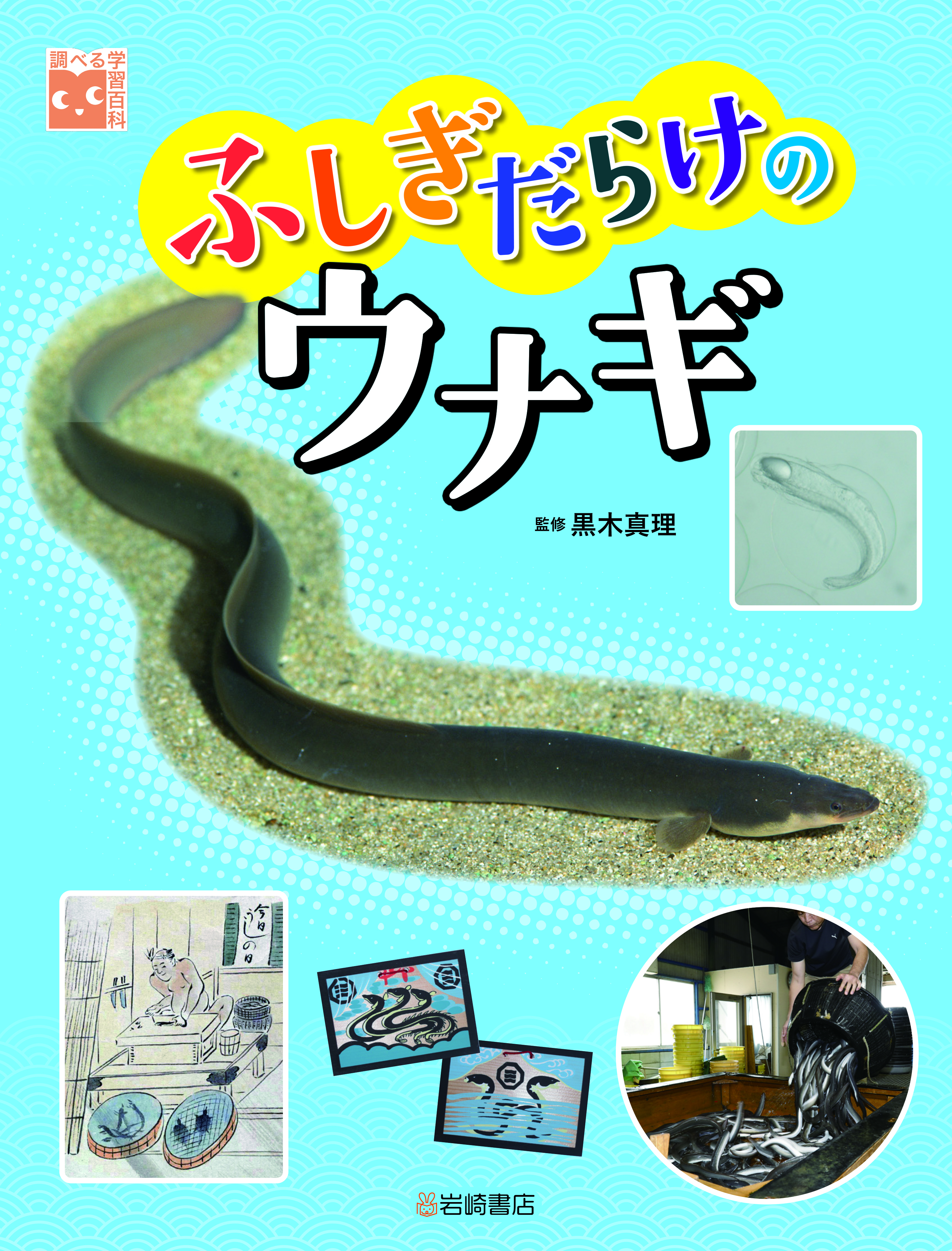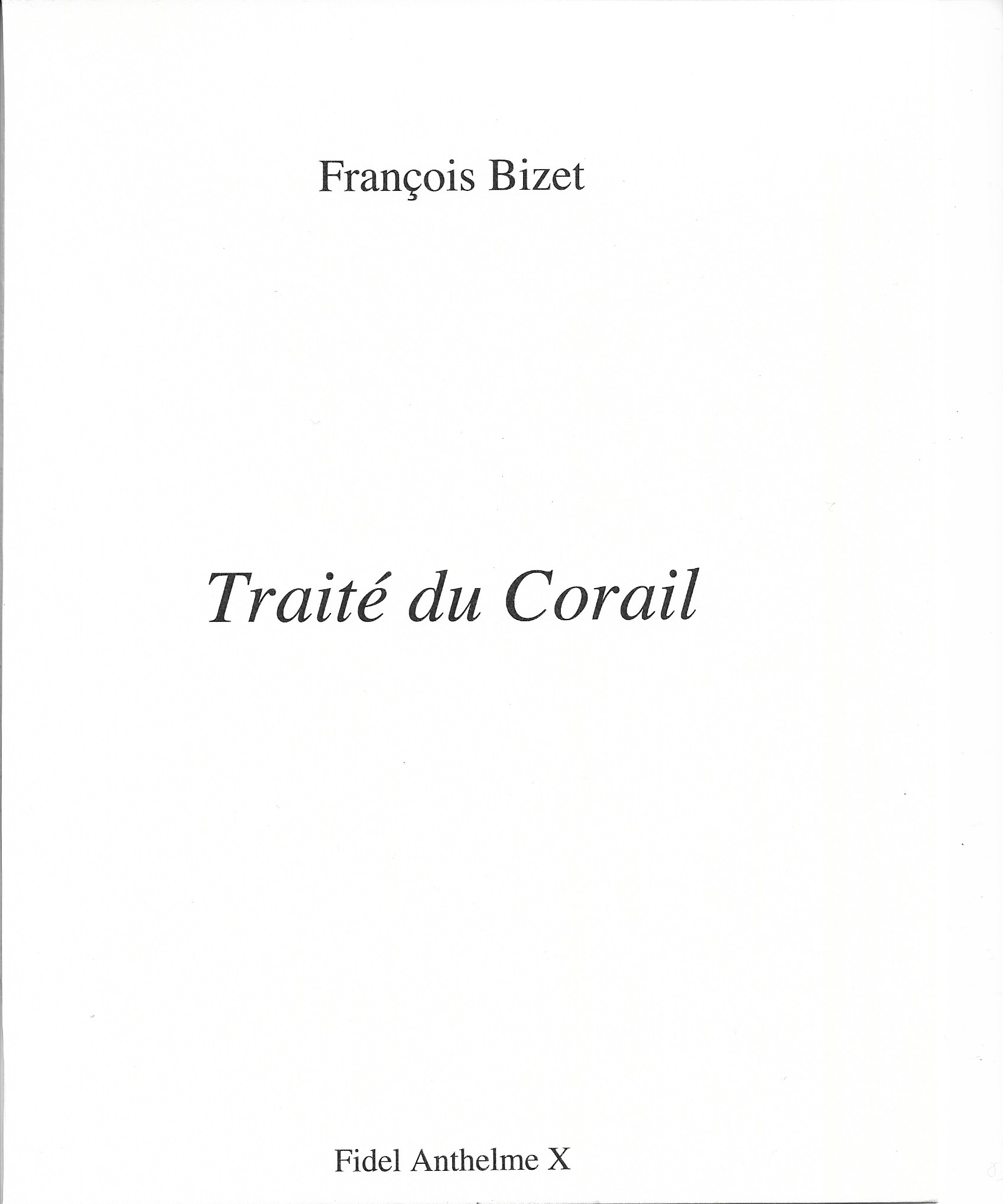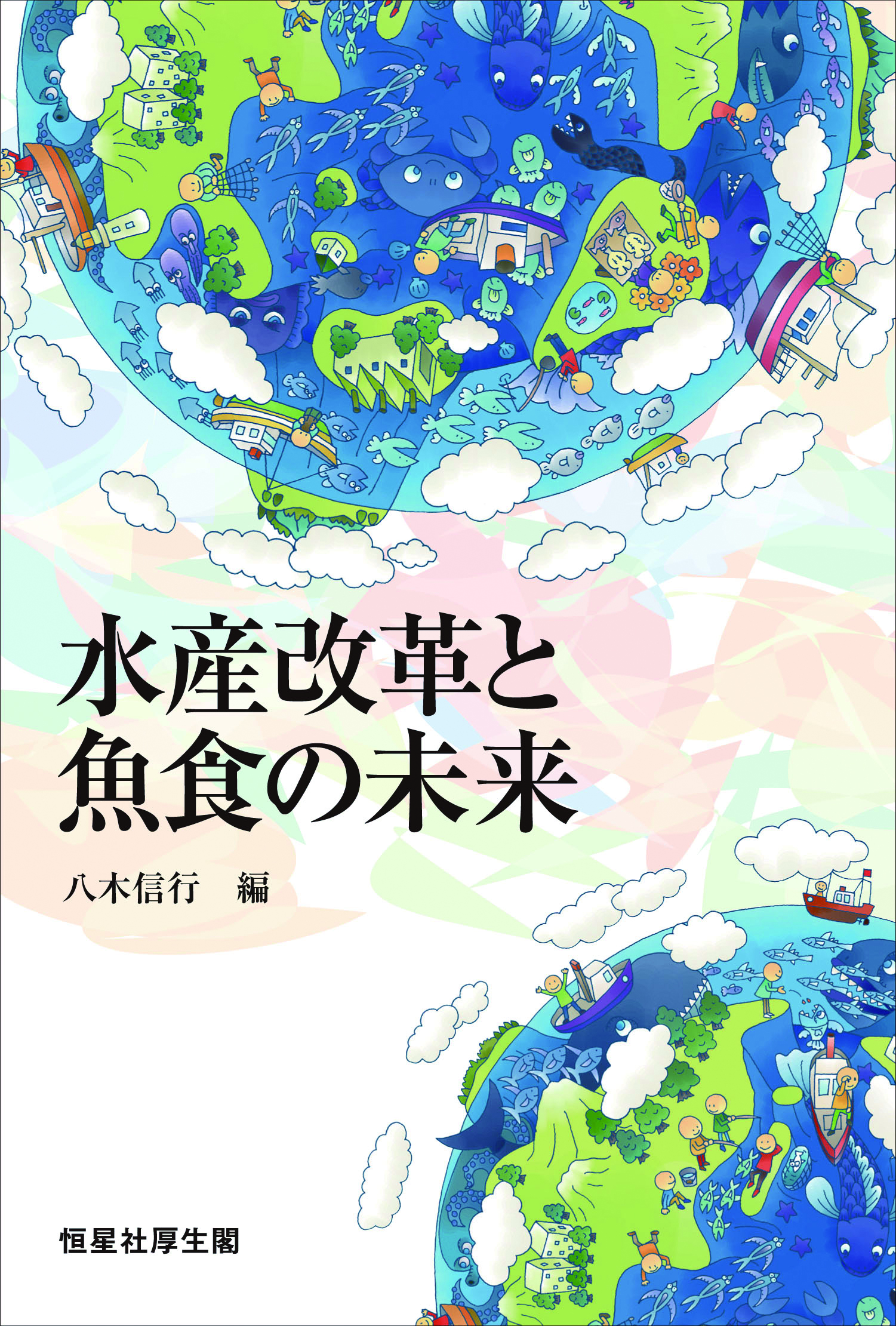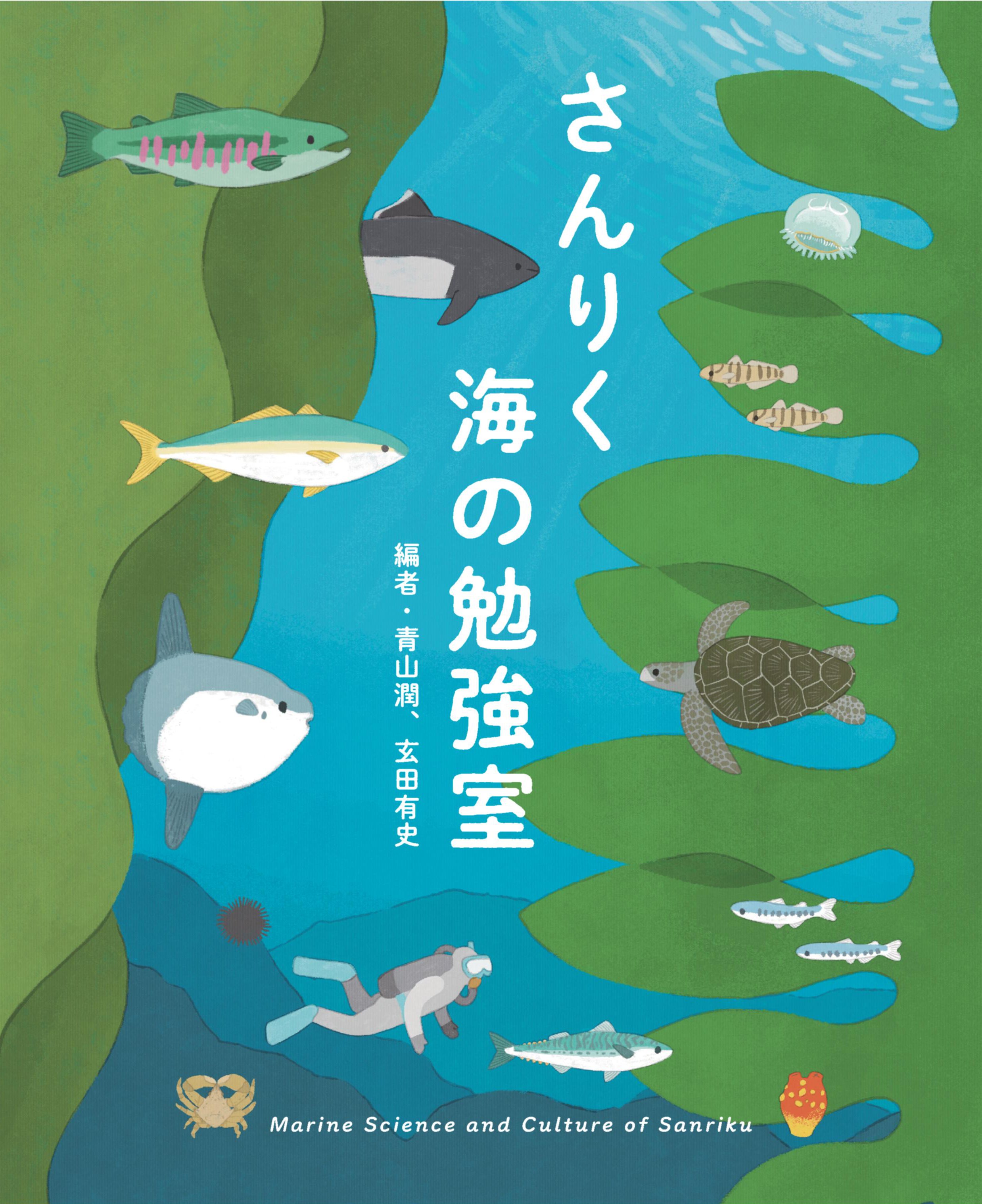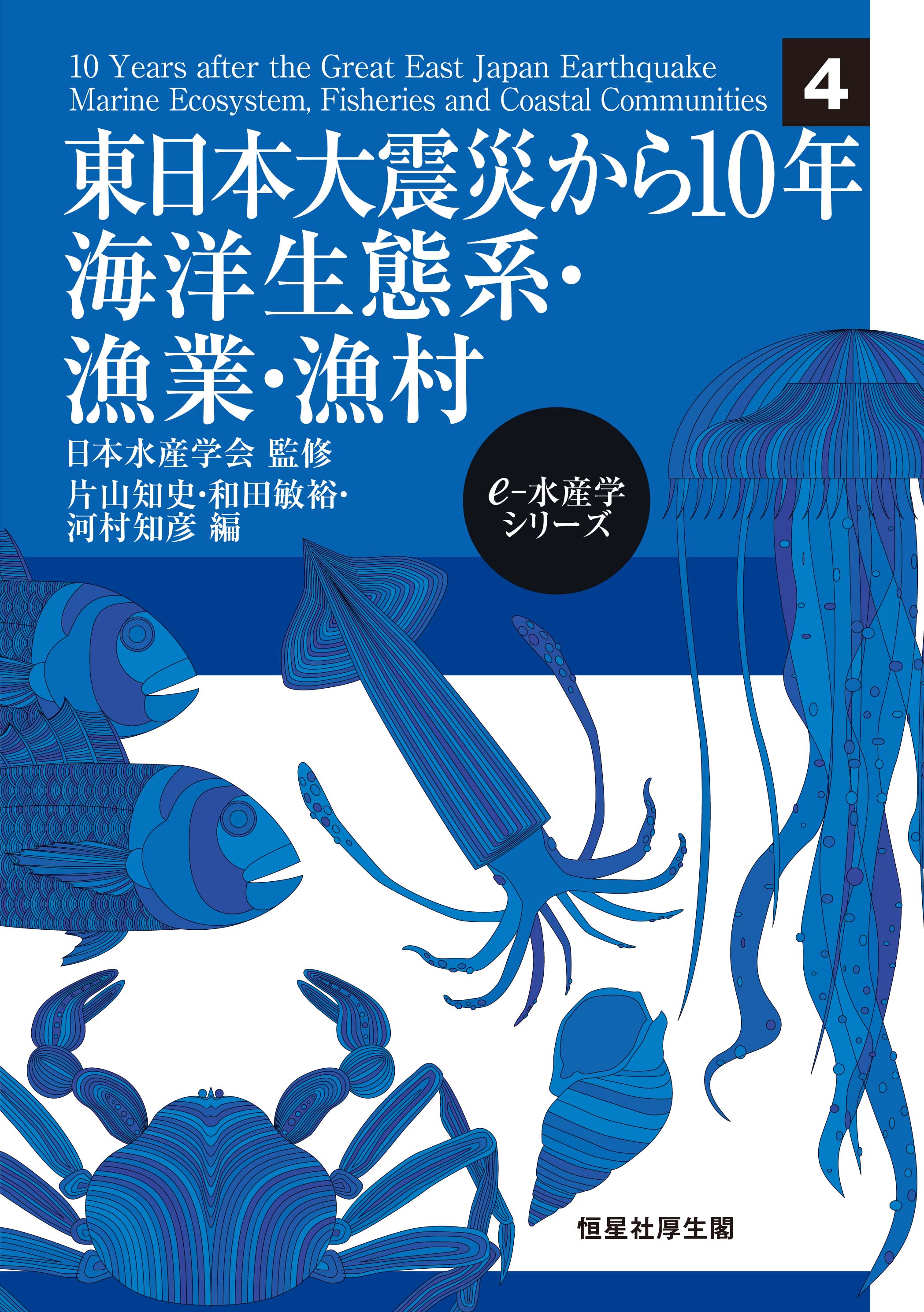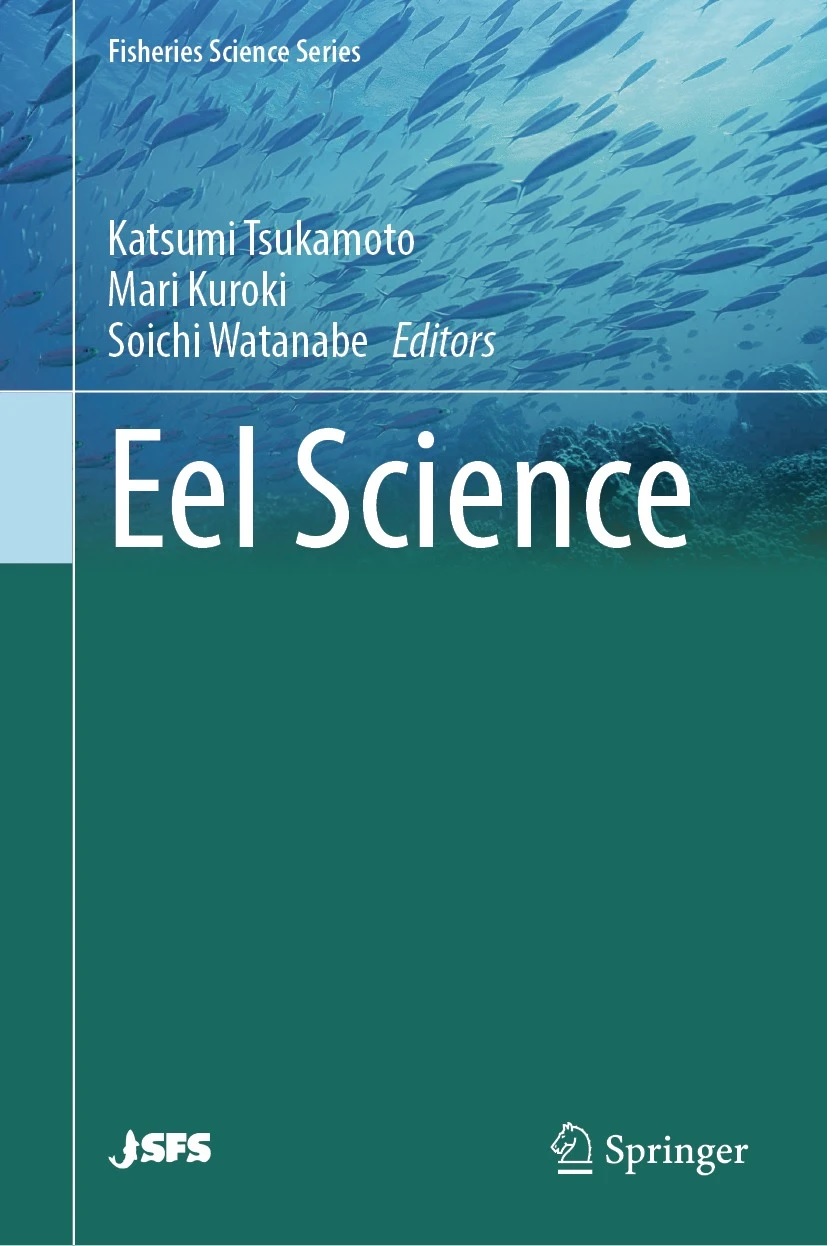
Title
Fisheries Science Series Eel Science
Size
318 pages, hardcover
Language
English
Released
December 14, 2023
ISBN
978-981-99-5691-3
Published by
Springer Nature
Book Info
See Book Availability at Library
Japanese Page
Scientists have always been fascinated by eels as research subjects. Even Aristotle, the ancient Greek philosopher and naturalist who laid the foundation for the development of modern science, wondered how eels reproduce in the wild. His quest to understand the profound mysteries of eels inspired his creative research and writing.
The science of eels has made considerable progress over the past two decades. In 2009, a research team led by the University of Tokyo collected a wild Japanese eel egg, about 1.6 mm in diameter, near the West Mariana Ridge in the western North Pacific Ocean, which was a milestone in the history of marine science. This achievement is the fruit of the untiring passion of Professor Emeritus Katsumi Tsukamoto of the University of Tokyo and numerous researchers who have led eel research for many years. Other research advances include the discovery of a new eel species at Luzon Island, the Philippines for the first time in about 70 years, phylogenetic evolution of eels based on molecular phylogenetic analysis, ecology of eels in the Indo-Pacific tropical region, spawning migration of adult eels using the latest biologging technology, and so on. In 2002, the field of applied science succeeded in rearing artificially hatched Japanese eel larvae to glass eel stage, and the next generation was born in 2010. Presently, eels obtained by artificial hatching can be successively raised, leading to the development of new academic fields such as breeding science.
Meanwhile, public concern about conservation and management of eel resources and IUU fishing (illegal, unreported, and unregulated fishing) has increased in recent years. Many countries and regions have implemented international trade and fishing regulations and conservation measures, but more effective measures are urgently needed. Eels are likely to become even more important in the future, both as wildlife and food resources, and as a symbolic creature for the coexistence of the global environment and humankind.
This book is designed to provide a comprehensive understanding of the science of eels to be used as a guidepost for future research on eel science and consists of 23 chapters written by researchers in their respective fields of expertise. However, as readers will see as they read the book, the full picture regarding these creatures known as eels has not yet been revealed. We hope that the accumulation of research results in the future will further advance eel science to the extent that the information in this book will become outdated in a few decades, and that eels will continue to thrive stably on this planet.
(Written by KUROKI Mari, Associate Professor, Graduate School of Agricultural and Life Sciences, Interfaculty Initiative in Information Studies / 2023)
Table of Contents
1 Morphology and Taxonomy
2 Population Structure and Speciation
Part II Ecology
3 Life History
4 Spawning Areas
5 Larval Transport
6 Glass Eel Recruitment
7 Spawning Migration
8 Behavior
Part III Physiology
9 Senses and Nervous System
10 Digestion and Absorption
11 Osmoregulation
12 Reproduction
13 Metamorphosis and Silvering
Part IV Applied Science
14 Artificial Maturation
15 Larval Rearing
16 Breeding
17 Diseases
Part V Resources and Conservation
18 Fisheries
19 Resources
20 Trading and Distribution
21 Circulation
22 River Improvement
23 Conservation
Correction to: Reproduction



 Find a book
Find a book


 eBook
eBook